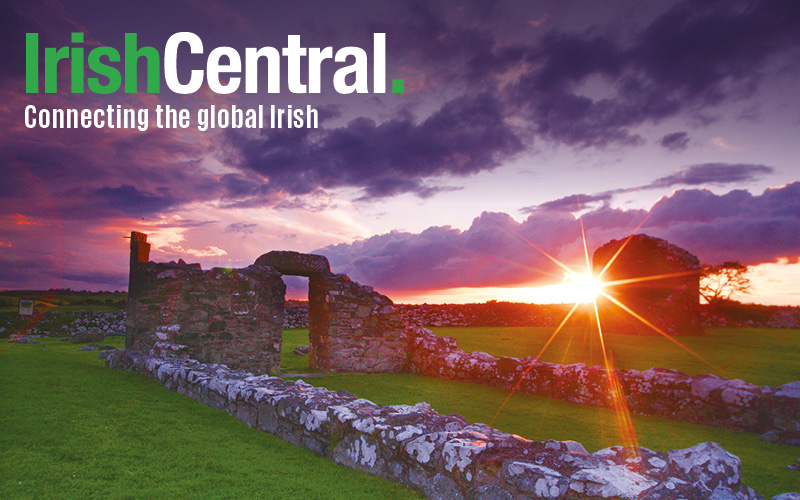Bones found off the County Clare coast in the summer of 2014 could date back to the sixth century, according to experts.
The bones were unearthed on the uninhabited Mutton Island off the coast near the village of Quilty.
The report noted that the fragments consisted of two human skulls and what were believed to be animal bones.
Experts told the Irish Examiner that the bones are part of a previously unrecorded burial.
They explained that the bones are likely associated with a church built on the island in the sixth century.
Severe storms earlier that year which caused massive erosion along the west coast of Ireland may have unearthed the bones.
The National Monuments Service of the Department of Arts, Heritage and the Gaeltacht has confirmed a significant increase in reports of such incidents.
Read more: Top ten archaeological discoveries in Ireland
Police visited Mutton Island site on the day of the discovery and carried out a preliminary examination of the bones and where they were found according to the paper.
Officers believed the bones to be ‘historic’ and sought expert help.
Forensic experts then returned to the scene along with an archaeologist from the National Monuments Service.
A detailed forensic and archaeological examination was undertaken by the forensic group.
The National Monuments Service said: “It was confirmed that a previously unrecorded burial was present and early indications are that the uncovered remains are made up of fragments of two human skulls along with some larger bones thought to be of animal origin.
“The remains are located approximately 30 meters (100 ft) from the ruined St Senan’s Church and, while it is thought the remains are ancient and potentially associated with the monument, this cannot currently be confirmed.
“No samples were taken at the time. However, the report of the inspection will be forwarded to the National Museum of Ireland for consideration in relation to further action required.
“Any necessary action in relation to the remains will be decided upon following full consideration of the archaeologist’s report and consultation with the National Museum.”
*Originally published in 2014




Comments